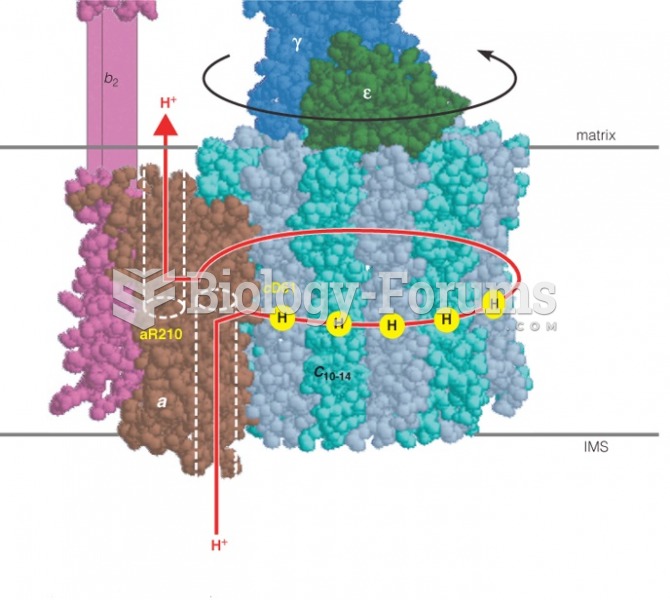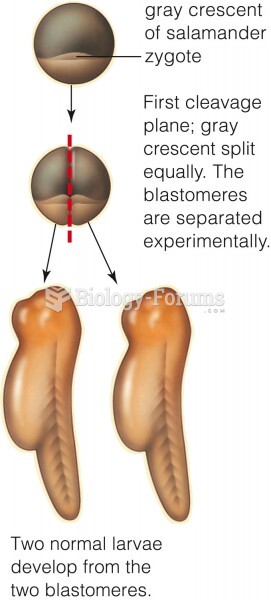|
|
|
Though methadone is often used to treat dependency on other opioids, the drug itself can be abused. Crushing or snorting methadone can achieve the opiate "rush" desired by addicts. Improper use such as these can lead to a dangerous dependency on methadone. This drug now accounts for nearly one-third of opioid-related deaths.
On average, someone in the United States has a stroke about every 40 seconds. This is about 795,000 people per year.
Cancer has been around as long as humankind, but only in the second half of the twentieth century did the number of cancer cases explode.
For pediatric patients, intravenous fluids are the most commonly cited products involved in medication errors that are reported to the USP.
About 100 new prescription or over-the-counter drugs come into the U.S. market every year.







